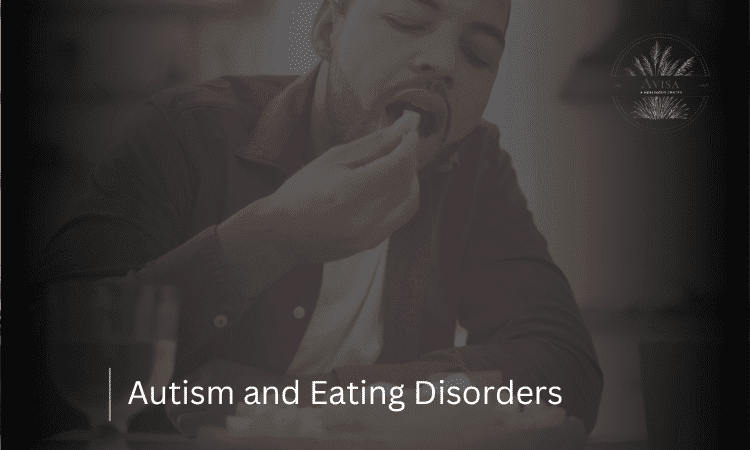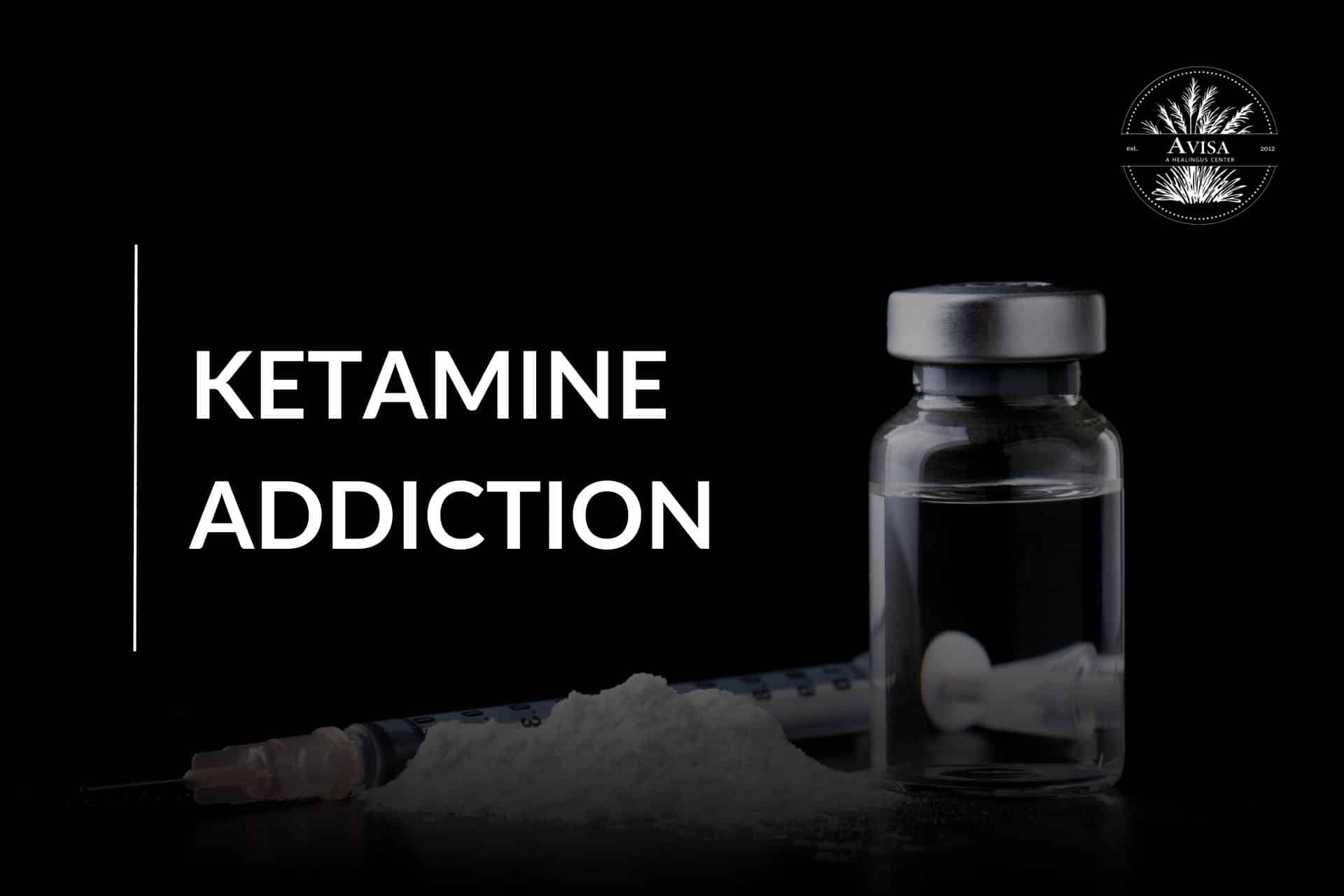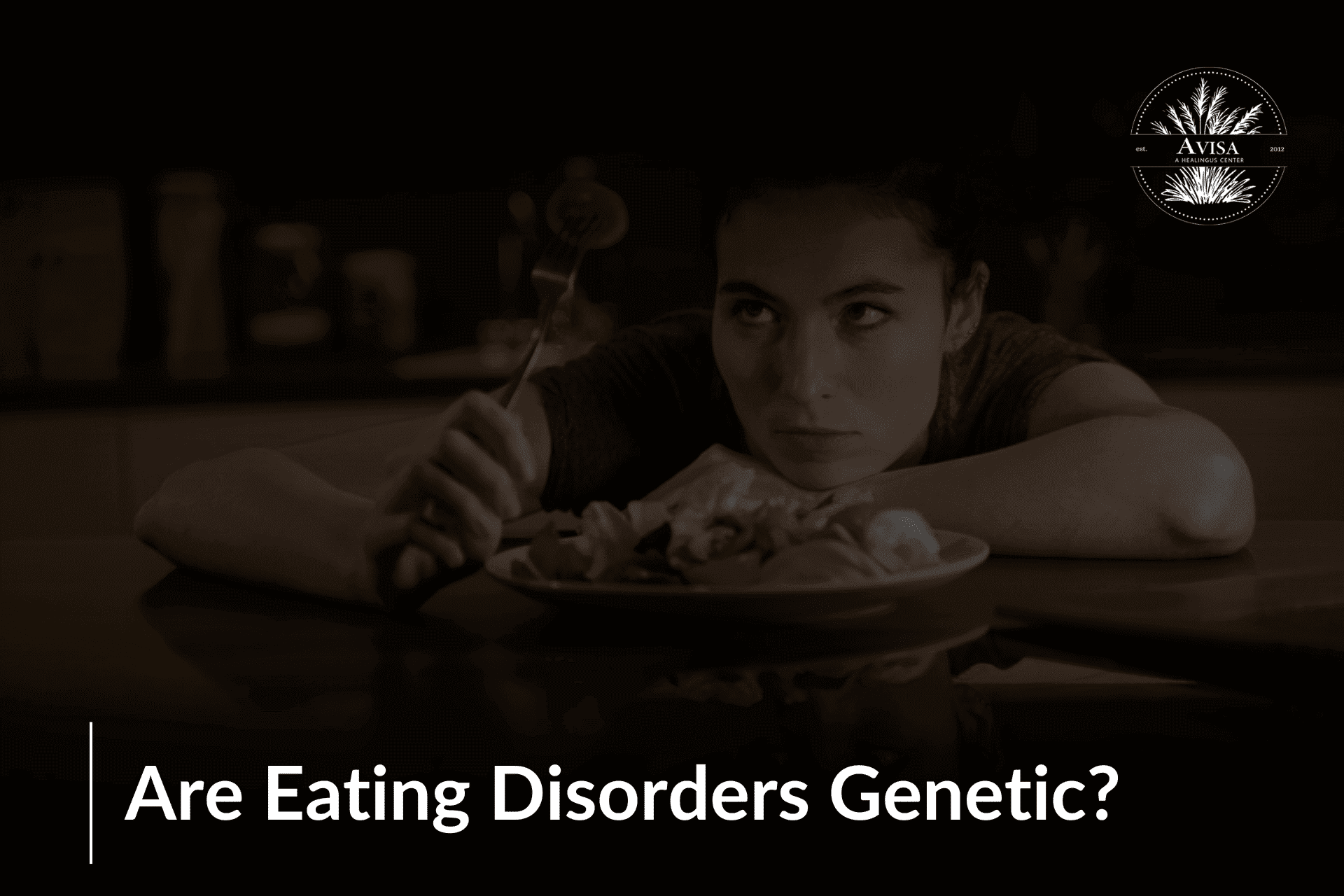Imagine you’re at a cool club or a music festival with loud music and colorful lights. There, you might hear about two popular party drugs: Molly and Ecstasy. It’s important to know the difference between them so you can stay safe.
People often use the names Molly and Ecstasy like they mean the same thing. However, they are actually different drugs with unique effects. Knowing how they differ can help you make safer choices.
As clubs and festivals stay popular, so do Molly and Ecstasy. But not knowing the truth about these drugs can lead to bad health effects or even trouble with the law. By learning the difference, you can make smarter decisions and stay safer.
What is Molly(MDMA)?
Molly, also known as MDMA or Ecstasy, is a synthetic psychoactive drug with stimulant and hallucinogenic properties. Here’s a breakdown of each aspect,
Definition and Origin of Molly
- Molly is a slang term for MDMA (3,4-methylenedioxymethamphetamine), which is a synthetic drug that alters mood and perception. It is chemically similar to both stimulants and hallucinogens and produces feelings of increased energy, pleasure, emotional warmth, and distorted sensory and time perception.
- The origins of MDMA trace back to the early 20th century when it was first synthesized by a German pharmaceutical company, Merck, in 1912. Initially, it was developed as a potential pharmaceutical product but later gained popularity as a recreational drug in the 1970s and 1980s.
The composition and purity of Molly
- The composition and purity of Molly can vary widely depending on the source and manufacturing process. Ideally, MDMA should be the sole active ingredient, but in many cases, it is mixed with other substances, such as caffeine, amphetamines, or even dangerous additives like bath salts.
- Purity levels of MDMA can also vary, with some batches being relatively pure and others being heavily adulterated. This lack of purity control can lead to unpredictable effects and increased risks of adverse reactions.
Common forms and appearance of Molly
- Molly is often sold in colorful tablets or capsules with logos.
- Tablets vary in size, shape, and color, with diverse designs.
- Powdered Molly appears as white or off-white crystals.
- Crystal MDMA resembles small rocks or shards.
- Appearance can vary widely due to clandestine production.
- Counterfeit Molly tablets are increasingly common, posing risks.
Key Similarities Between Molly and Ecstasy
Shared chemical composition
Both Molly and Ecstasy contain MDMA (3,4-methylenedioxymethamphetamine) as their primary active ingredient. MDMA is a synthetic drug that acts as both a stimulant and a hallucinogen, affecting serotonin, dopamine, and norepinephrine levels in the brain.
Similar effects on the body and mind:
They produce similar psychoactive effects, including increased energy, euphoria, heightened sensory perception (such as enhanced tactile sensations and altered perception of music), and emotional warmth.
Both substances can also lead to side effects such as increased heart rate, jaw clenching, teeth grinding, muscle tension, sweating, and nausea.
Common recreational use and social contexts
- Molly and Ecstasy are both commonly used as recreational drugs in social settings such as parties, clubs, raves, concerts, and music festivals.
- They are often taken for their mood-enhancing and empathogenic effects, promoting feelings of closeness and connection with others.
- The social context of their use often involves dancing, socializing, and experiencing the sensory effects of music and lights.
Key Differences Between Molly and Ecstasy
There are several differences between Molly and Ecstasy. These are often used interchangeably to refer to MDMA and have notable distinctions. Understanding the difference between molly and ecstasy can help users make more informed decisions about their consumption and potential risks.
Chemical composition and purity
- Historically, Molly referred specifically to pure MDMA in powder or crystalline form, without any additional adulterants or cutting agents. It was perceived as a purer form of the drug compared to Ecstasy.
- Ecstasy, on the other hand, typically referred to MDMA tablets that were often mixed with other substances such as caffeine, amphetamines, ephedrine, ketamine, or even dangerous additives like bath salts or PMA (paramethoxyamphetamine).
- However, in recent years, the distinction between Molly and Ecstasy has become increasingly blurred, and both terms are often used interchangeably to refer to MDMA in various forms.
Manufacturing processes and origins
- Molly was traditionally associated with a purer form of MDMA, often synthesized in clandestine laboratories. Some users perceived it as a safer and more controlled option compared to Ecstasy tablets, which could vary widely in purity and composition.
- Ecstasy tablets are typically manufactured illegally in underground laboratories, where quality control is inconsistent, and the risk of contamination or adulteration is higher.
- However, both Molly and Ecstasy are produced illicitly and are subject to variations in manufacturing processes, purity levels, and potential health risks.
Risks and Dangers of Molly and Ecstasy
Potential health risks and adverse reactions
- Both Molly and Ecstasy can lead to dehydration, overheating, and serotonin syndrome.
- Adverse reactions may include anxiety, paranoia, panic attacks, and psychosis.
Overdose potential and associated complications
- Overdosing on Molly or Ecstasy can result in hyperthermia, seizures, cardiovascular collapse, and even death.
- Factors like dosage, purity, individual tolerance, and concurrent substance use contribute to overdose risk.
Effects of Molly on the Body and Mind
Short-term effects of Molly use
- Increased energy and euphoria
- Enhanced sensory perception
- Heightened sociability and empathy
- Jaw clenching and muscle tension
- Dilated pupils and impaired coordination
- Nausea, sweating, and dehydration
- Elevated heart rate and blood pressure
Long-term effects of Molly use
- Serotonin depletion
- Cognitive impairments
- Neurotoxicity leading to brain damage
- Increased risk of dependence and addiction
- Impaired judgment and risk-taking behavior
- Acute psychiatric symptoms like paranoia or psychosis
- Mood disturbances during comedown or crash
Psychological effects and risks associated with Molly consumption
- Risk of dependence and addiction
- Increased risk-taking behavior
- Acute psychiatric symptoms such as panic attacks or hallucinations
- Mood disturbances post-consumption
- Polydrug use, often combining MDMA with other substances
- Potential for overdose and adverse reactions
- Long-term psychological impact on mood and cognition
Understanding these effects and risks is crucial for individuals considering or using Molly, helping them make informed decisions and adopt harm-reduction strategies.
Effects of Ecstasy on the Body and Mind
Short-term effects of Ecstasy use
- Increased energy and euphoria
- Enhanced sensory perception
- Sociability and empathy
- Jaw clenching and muscle tension
- Dilated pupils
- Increased heart rate and blood pressure
Long-term effects of Ecstasy use
- Serotonin depletion
- Cognitive deficits
- Neurotoxicity
Psychological effects and risks associated with Ecstasy consumption
- Risk of dependence
- Increased risk-taking behavior
- Acute psychiatric symptoms
- Mood disturbances
Understanding these effects is crucial for informed decision-making and harm reduction.
Legal Status of Molly and Ecstasy
Regulatory status and legal classifications
- Both Molly and Ecstasy are typically classified as Schedule I controlled substances due to their high potential for abuse and lack of recognized medical use.
Variations in legality across different jurisdictions
- Legal status varies globally; while some countries have strict prohibitions, others may have decriminalization measures or differing enforcement priorities.
Enforcement and penalties for possession and trafficking
- Penalties for possession and trafficking range from fines to imprisonment, with law enforcement targeting production, distribution, and sale networks.
- Legal consequences can vary based on factors such as quantity, intent, and previous offenses.
Conclusion
In conclusion, understanding the nuances between Molly and Ecstasy is paramount for anyone navigating recreational drug use. While both substances are often used interchangeably to refer to MDMA, they possess distinct characteristics, including differences in chemical composition, purity, and manufacturing processes. The blurring of lines between Molly and Ecstasy underscores the importance of informed decision-making and harm reduction practices to mitigate potential risks.
Take control of your choices and prioritize your well-being. Educate yourself about the differences between Molly and Ecstasy, and make informed decisions when it comes to recreational drug use. Practice harm reduction strategies and seek support if needed. Join Avisa and let’s work together to create safer environments and promote responsible behavior within nightlife and festival communities. Your health and safety matter.











